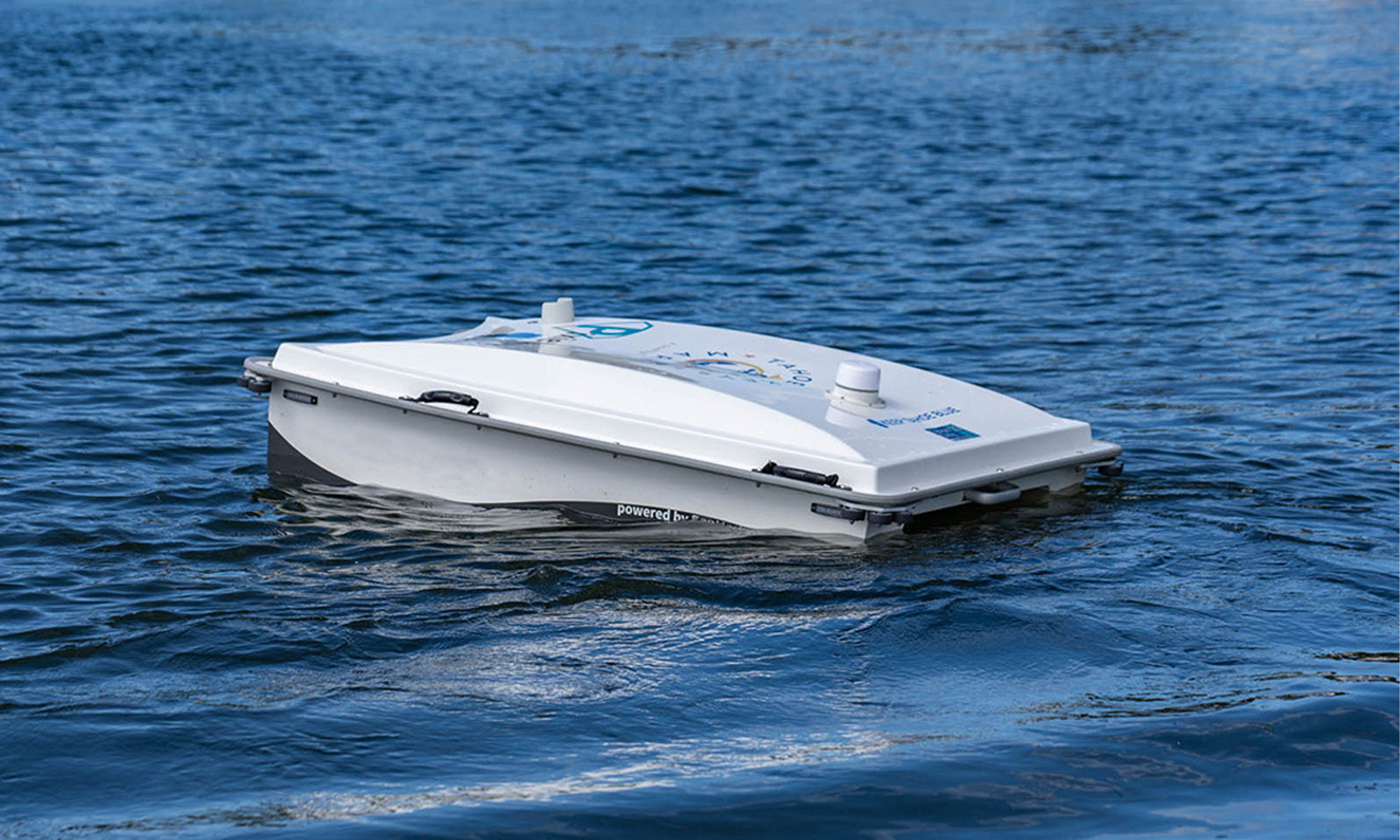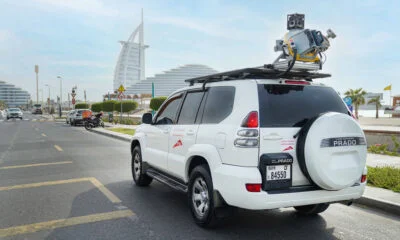News
A Floating Drone Is Helping To Clean Up Dubai Harbor’s Waters
The PixieDrone cleanup robot is on a mission to collect difficult-to-detect debris.

Dubai Harbor has employed an efficient new AI-powered worker to clean up its waters. The small, floating drone is called a PixieDrone — a waste collection machine fitted with a video camera and remote sensing LIDAR tech.
PixieDrone can operate autonomously for around six hours, collecting and sorting up to 160 liters of organic waste, plastic, glass, paper, metal, cloth, and rubber.
LIDAR (light detection and ranging) sees images in 3D, allowing PixieDrone to quickly understand its surroundings, much like the latest autonomous cars.
Created by French company Searial Cleaners, PixieDrone can travel at 3 kph for up to 12 km on a single charge. The company’s website does note that the robot can operate at a maximum ambient temperature of 50°C, which could eventually become an issue in the UAE’s sweltering summer heat.
Also Read: Google Is Developing An AI Cancer-Spotting Microscope
Measuring 1.62 by 1.15 meters, the robot cleaner is able to fit into tight spaces. Searial Cleaners says the device is specifically built for harbors and coastal aquatic areas.
PixieDrone is not the first waste collection floating drone to work in UAE waters. In 2018, Dubai Marina used WasteShark, made by the Dutch company RanMarine, to collect waste and test air and water quality.
News
Google Releases Veo 2 AI Video Tool To MENA Users
The state-of-the-art video generation model is now available in Gemini, offering realistic AI-generated videos with better physics, motion, and detail.

Starting today, users of Gemini Advanced in the MENA region — and globally — can tap into Veo 2, Google’s next-generation video model.
Originally unveiled in 2024, Veo 2 has now been fully integrated into Gemini, supporting multiple languages including Arabic and English. The rollout now brings Google’s most advanced video AI directly into the hands of everyday users.
Veo 2 builds on the foundations of its predecessor with a more sophisticated understanding of the physical world. It’s designed to produce high-fidelity video content with cinematic detail, realistic motion, and greater visual consistency across a wide range of subjects and styles. Whether recreating natural landscapes, human interactions, or stylized environments, the model is capable of interpreting and translating written prompts into eight-second 720p videos that feel almost handcrafted.
Users can generate content directly through the Gemini platform — either via the web or mobile apps. The experience is pretty straightforward: users enter a text-based prompt, and Veo 2 returns a video in 16:9 landscape format, delivered as an MP4 file. These aren’t just generic clips — they can reflect creative, abstract, or highly specific scenarios, making the tool especially useful for content creators, marketers, or anyone experimenting with visual storytelling.
Also Read: Getting Started With Google Gemini: A Beginner’s Guide
To ensure transparency, each video is embedded with SynthID — a digital watermark developed by Google’s DeepMind. The watermark is invisible to the human eye but persists across editing, compression, and sharing. It identifies the video as AI-generated, addressing concerns around misinformation and media authenticity.
While Veo 2 is still in its early phases of public rollout, the technology is part of a broader push by Google to democratize advanced AI tools. With text-to-image, code generation, and now video creation integrated into Gemini, Google is positioning the platform as a full-spectrum creative assistant.
Access to Veo 2 starts today and will continue expanding in the coming weeks. Interested users can try it out at gemini.google.com or through the Gemini app on Android and iOS.























